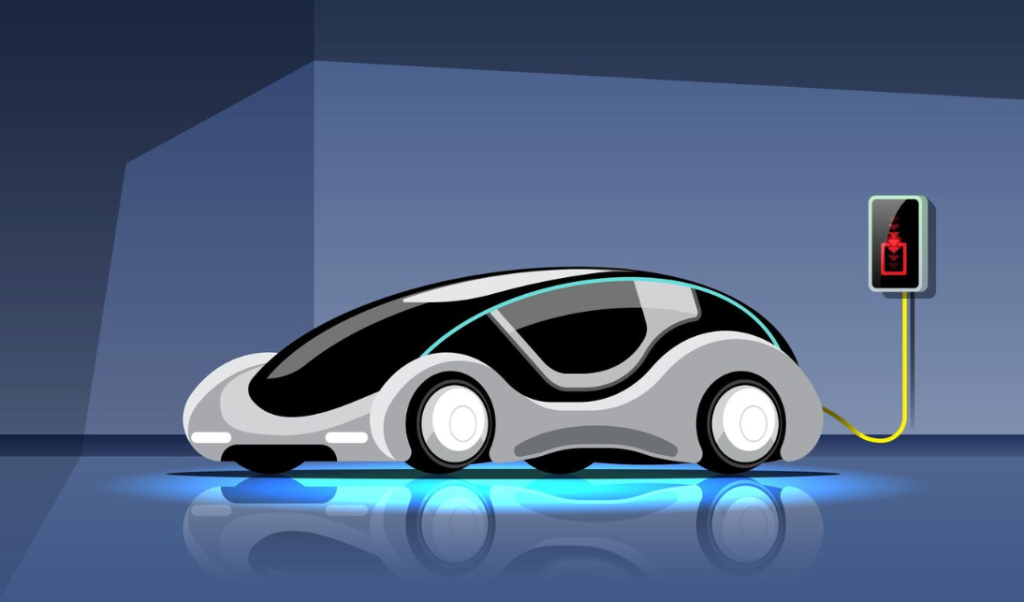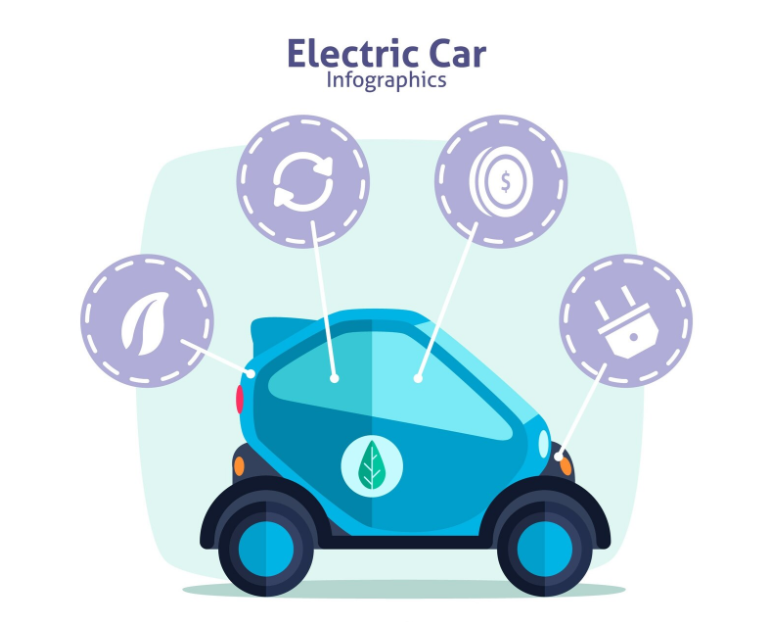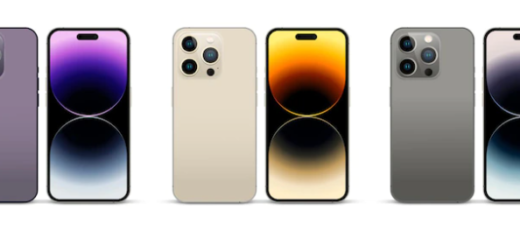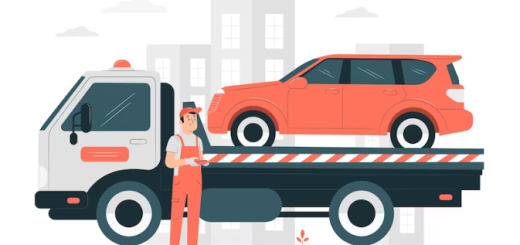The Future Is Electric: How EVs and Hybrids Are Powering the Automotive Revolution in 2025

Introduction: The EV Shift Accelerates
The global automotive landscape is undergoing a profound transformation. Electric vehicles (EVs) and hybrid models are no longer niche alternatives—they are becoming the industry standard. Supported by policy incentives, environmental concerns, and major technological breakthroughs, the move toward electrification is redefining mobility across the world.
Manufacturers are investing heavily in EV and hybrid development, consumers are embracing sustainable options, and governments are tightening emission regulations. In this evolving environment, EVs and hybrids are leading the automotive revolution of 2025.
The Rise of Electric Vehicles
1. Increased Global EV Adoption
In 2025, global EV sales are projected to exceed 17 million units, a remarkable increase compared to just a few years ago. Europe, China, and North America are at the forefront of this growth, supported by expanding infrastructure and favorable policies.
2. Advancements in Battery Technology
Battery innovation is a major driver of EV adoption. The average cost of lithium-ion battery packs has dropped significantly, making EVs more affordable. Emerging solid-state batteries offer better range, faster charging, and improved safety, addressing some of the primary concerns of EV buyers.
3. Improved Charging Infrastructure
The availability of fast and accessible charging stations is expanding rapidly. Urban centers are seeing more public charging points, while workplace and residential charging are becoming standard features in new developments. These improvements are reducing range anxiety and making EVs a more practical option for everyday drivers.
The Continued Importance of Hybrid Vehicles
1. A Transitional Technology
While full electrification is the ultimate goal, hybrid vehicles play a crucial transitional role. For consumers who are not ready to go fully electric, hybrids offer improved fuel efficiency and lower emissions without requiring a full shift in driving habits.
2. Growth in Hybrid Sales
Hybrid vehicle sales continue to rise, particularly in markets where EV infrastructure is still developing. In 2025, hybrids represent a significant portion of new vehicle registrations, with automakers like Toyota, Honda, and Hyundai expanding their hybrid offerings.
3. Differentiation Between Mild and Plug-in Hybrids
Mild hybrids offer modest efficiency gains at a lower cost, while plug-in hybrids allow drivers to cover short distances using electric power and rely on fuel for longer trips. Both variants are gaining popularity in different segments of the market.

Technology and Performance Redefined
EVs and hybrids are introducing a new era of automotive design and performance. Regenerative braking, instant torque, and AI-powered driver assistance systems are enhancing both efficiency and the driving experience.
Manufacturers are adopting modular EV platforms that simplify production and reduce costs. Vehicles are now software-driven, capable of receiving over-the-air updates that improve performance and add new features post-purchase.
Policy and Sustainability as Growth Catalysts
Governments worldwide are accelerating the shift to cleaner vehicles through regulatory frameworks and emission targets. The European Union plans to ban internal combustion engine (ICE) vehicle sales by 2035. Several U.S. states have adopted similar targets, and China continues to support EV adoption through subsidies and production mandates.
Beyond regulations, consumer awareness about climate change and air pollution is also pushing demand for greener mobility solutions. Automakers are now investing in battery recycling, eco-friendly production methods, and carbon-neutral strategies.
Market Forecast and Outlook
By 2030, EVs are expected to account for over 60 percent of global new vehicle sales. Hybrids will continue to serve markets with slower infrastructure development and consumers hesitant to go fully electric.
Asian manufacturers, particularly in China and South Korea, are increasing their global market share by offering affordable and technologically advanced EVs. This competition is pushing innovation and driving down prices across the board.
Challenges to Overcome
Despite the progress, several challenges remain:
- Supply chain limitations for critical battery materials such as lithium and cobalt.
- Standardization of charging protocols across different regions.
- Concerns about the longevity and resale value of used EVs.
- A continued need to educate consumers on the benefits and practicalities of EV ownership.
Conclusion: A Roadmap to a Cleaner Future
The automotive industry in 2025 is firmly on the path to electrification. With continued investment, innovation, and collaboration between governments, manufacturers, and consumers, EVs and hybrids are powering a more sustainable, efficient, and technologically advanced future.
This shift is not merely a trend—it is a defining transformation in how we design, build, and use vehicles. For businesses and individuals alike, the road ahead is electric.



